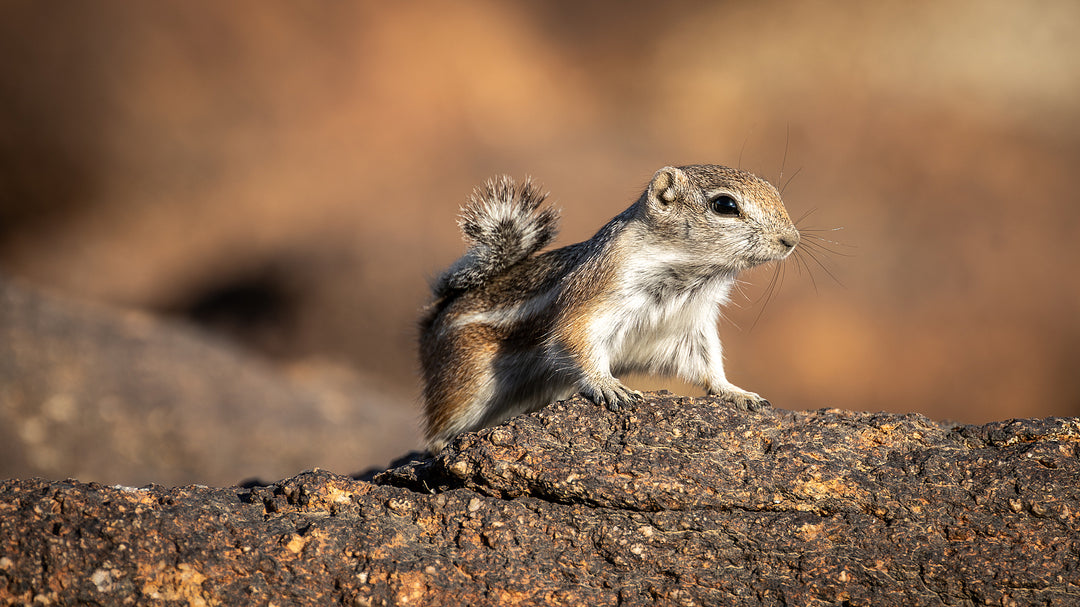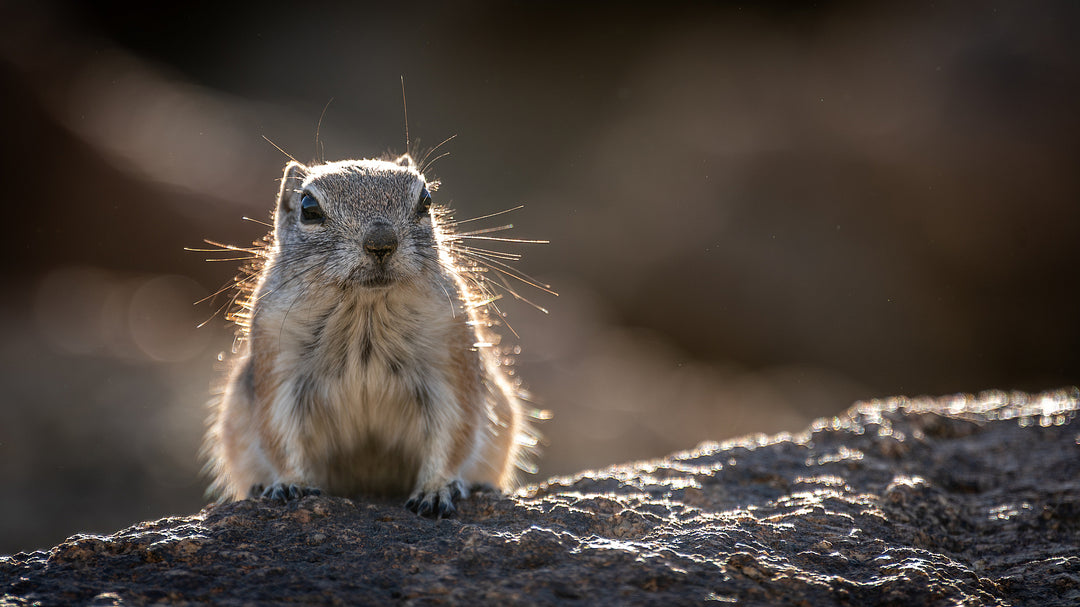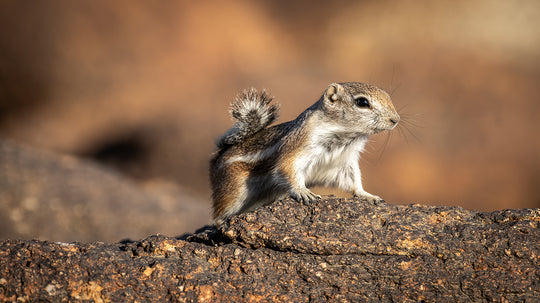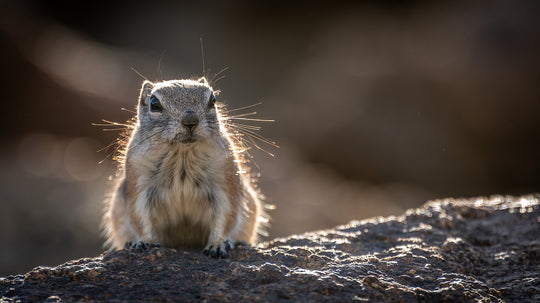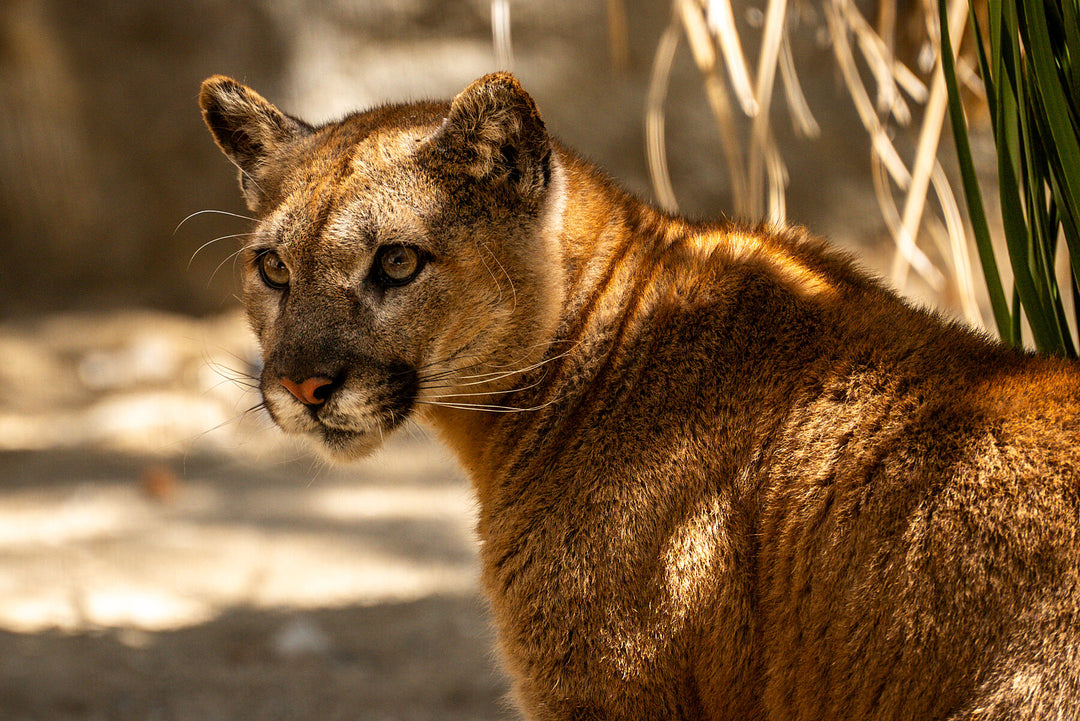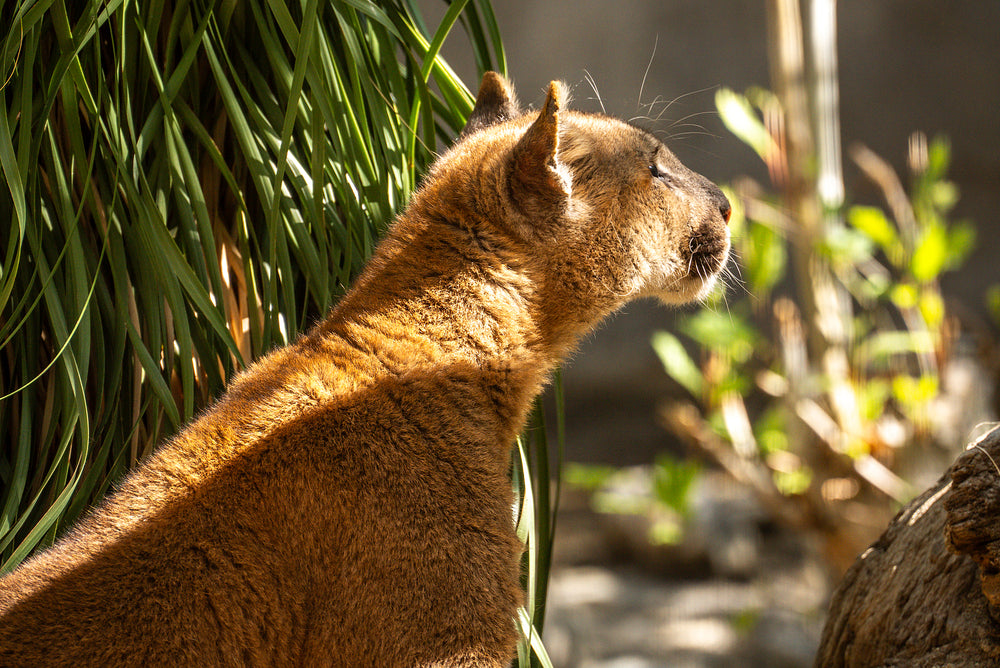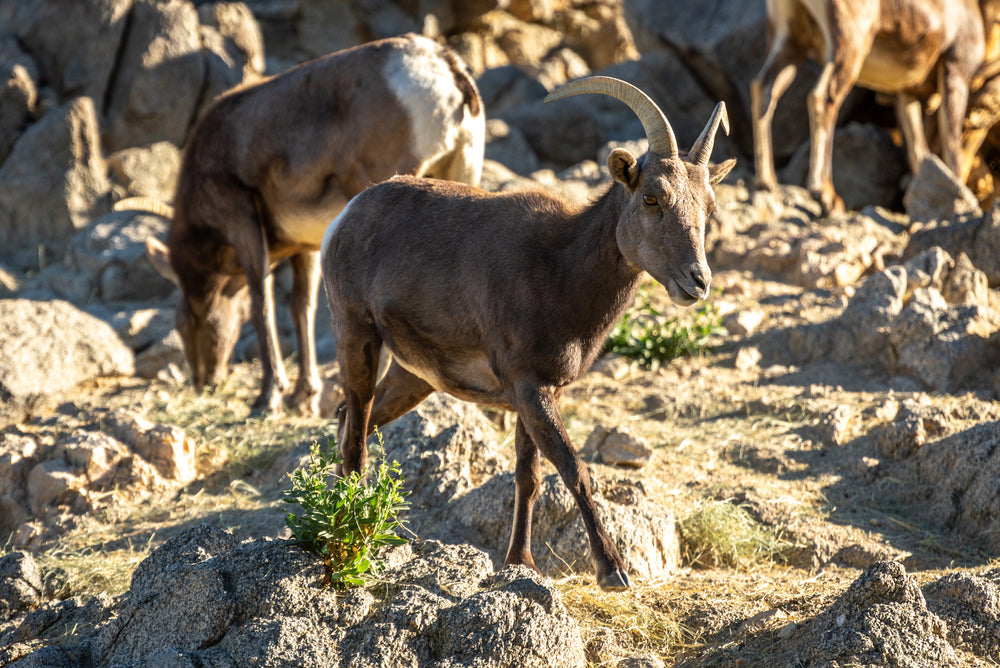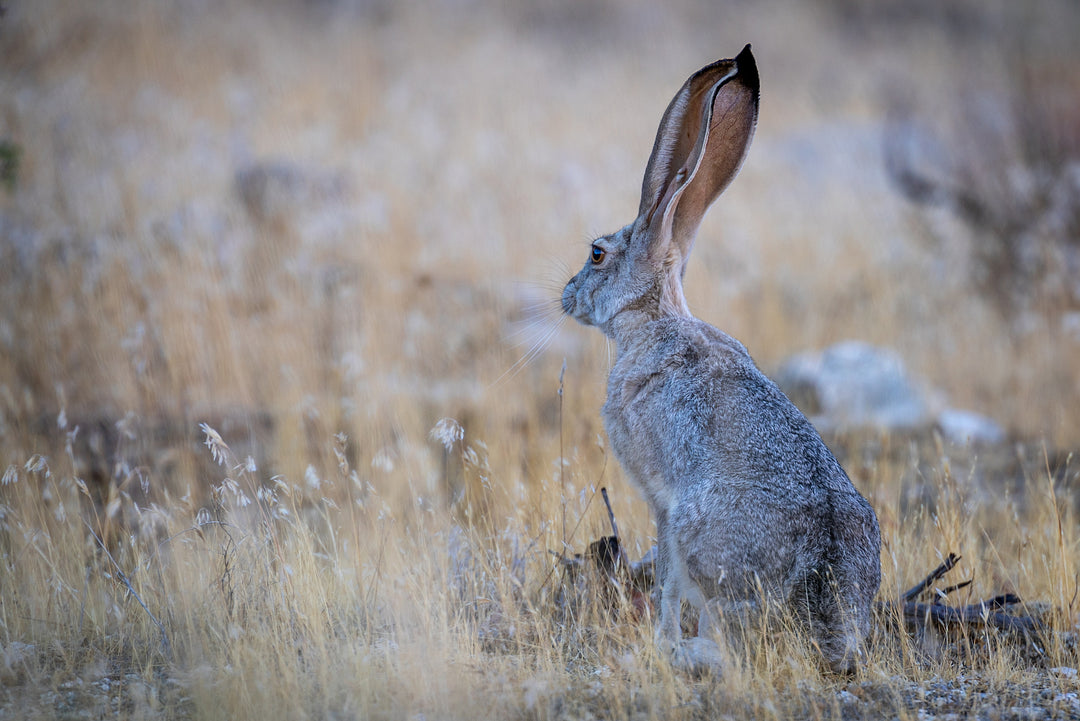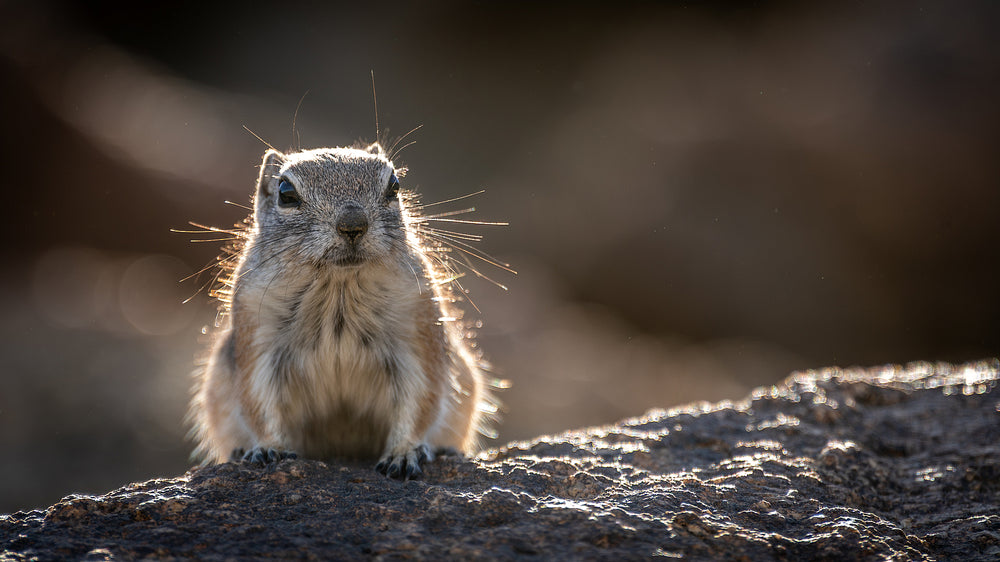White-tailed Antelope Squirrel
The White-tailed Antelope Squirrel (Ammospermophilus leucurus) is a small, diurnal rodent commonly seen darting across arid landscapes of the southwestern United States, including the Coachella Valley and surrounding desert regions. It belongs to the squirrel family Sciuridae, but its ground-dwelling habits and rapid movements make it more similar in behavior to a chipmunk.
🐿️ Physical Description
-
Size: 7 to 9 inches (including tail)
-
Tail: Fluffy and notably white on the underside, which it often carries curved over its back like a parasol
-
Coloration: Sandy gray to light brown fur with a distinct white side stripe running from shoulder to hip
-
Ears: Small and rounded, an adaptation for conserving moisture and minimizing heat exposure
🌵 Habitat & Range
-
Common in desert scrublands, rocky slopes, and arid canyons
-
Well-adapted to extreme heat and found from low desert basins to elevations over 7,000 feet
-
Digs shallow burrows under rocks, shrubs, or debris for shelter and thermoregulation
🌞 Behavior & Adaptations
-
Diurnal, but often restricts activity to early morning and late afternoon in summer to avoid midday heat
-
Uses tail as a sunshade to reduce solar exposure, a behavior known as "heat shielding"
-
Capable of entering torpor during cold periods or extreme heat, though not a true hibernator
🥜 Diet
-
Omnivorous, feeding on:
-
Seeds, grasses, and cactus fruits
-
Insects and small lizards, especially in spring and summer
-
-
Stores food in caches for later use
🦅 Ecological Role
-
Important prey for raptors, snakes, foxes, and other desert predators
-
Aids in seed dispersal and insect population control
-
Their burrows contribute to soil aeration and serve as shelter for other small animals
📚 Interesting Facts
-
The name “antelope squirrel” comes from their bounding gait, reminiscent of pronghorn antelope.
-
Their high body temperature tolerance—up to 104°F (40°C)—is among the highest for small mammals.
This squirrel is a quintessential component of the Coachella Valley’s desert ecosystem, showcasing remarkable adaptations to survive one of North America’s harshest environments.
